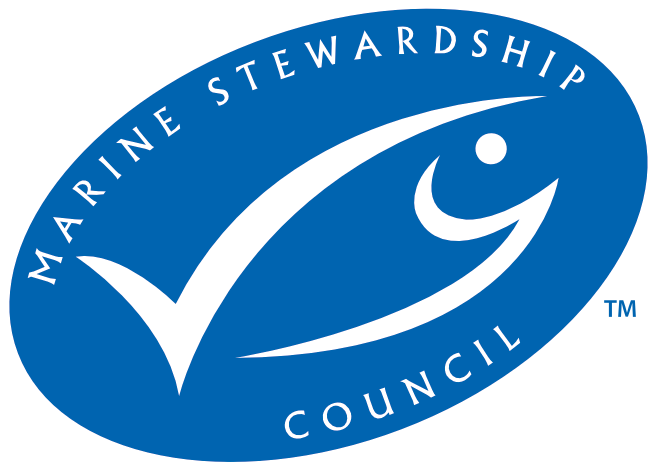
- Certifier :
- Control Union (UK) Limited
- Certified status :
- Certified
- Certified since :
- 23 Oct 2020
- Certificate expires :
- 11 Nov 2030
Overview
Fisheries are composed of one or more parts, each of which is entitled to receive an MSC certificate. These parts or “units” are defined by their target stock(s), fishing gear type(s) and if relevant vessel type(s), and the fishing fleets or groups of vessels.
When the term “Unit of Certification” is used for fishing units that are in assessment, it refers to the “Unit of Assessment” or “Unit of potential certification”. Expand a status below to view the parts that form this fishery. To check the detailed scope, download the latest certificate or open the Assessments page to get the latest report. Find out more by visiting our page on Fisheries
Catch by Species
| Species | Reported Catch Year | Metric Tonnes |
|---|---|---|
| Atlantic bluefin tuna (Thunnus thynnus) | 2024 | 523 |
Information is provided by an independent Conformity Assessment Body as live weight (the weight of species at the time of catch, before processing) and where a fishing season covers multiple years, the end year is given as the reported catch year. Additional information is available in the latest report, see the assessments page.
About this Fishery
Atlantic bluefin tuna (Thunnus thynnus) is a pelagic species distributed throughout the North Atlantic and the Mediterranean, from Brazil to northern Norway. Living between the surface and 500 to 1000 metres deep, it migrates great distances from the cold waters where it feeds to warmer regions where it breeds.
In the Mediterranean, Atlantic bluefin tuna is fished by about twenty countries. Due to overfishing in the 1990 and 2000s, and concerns raised by environmental groups, fishers, businesses and the general public, its fishing is strictly supervised by the International Commission for the Conservation of Atlantic Tunas. A restoration plan was set up in 2007 for a period of 15 years, which defined approximately fifty measures of conservation, monitoring and control of fishing activities.